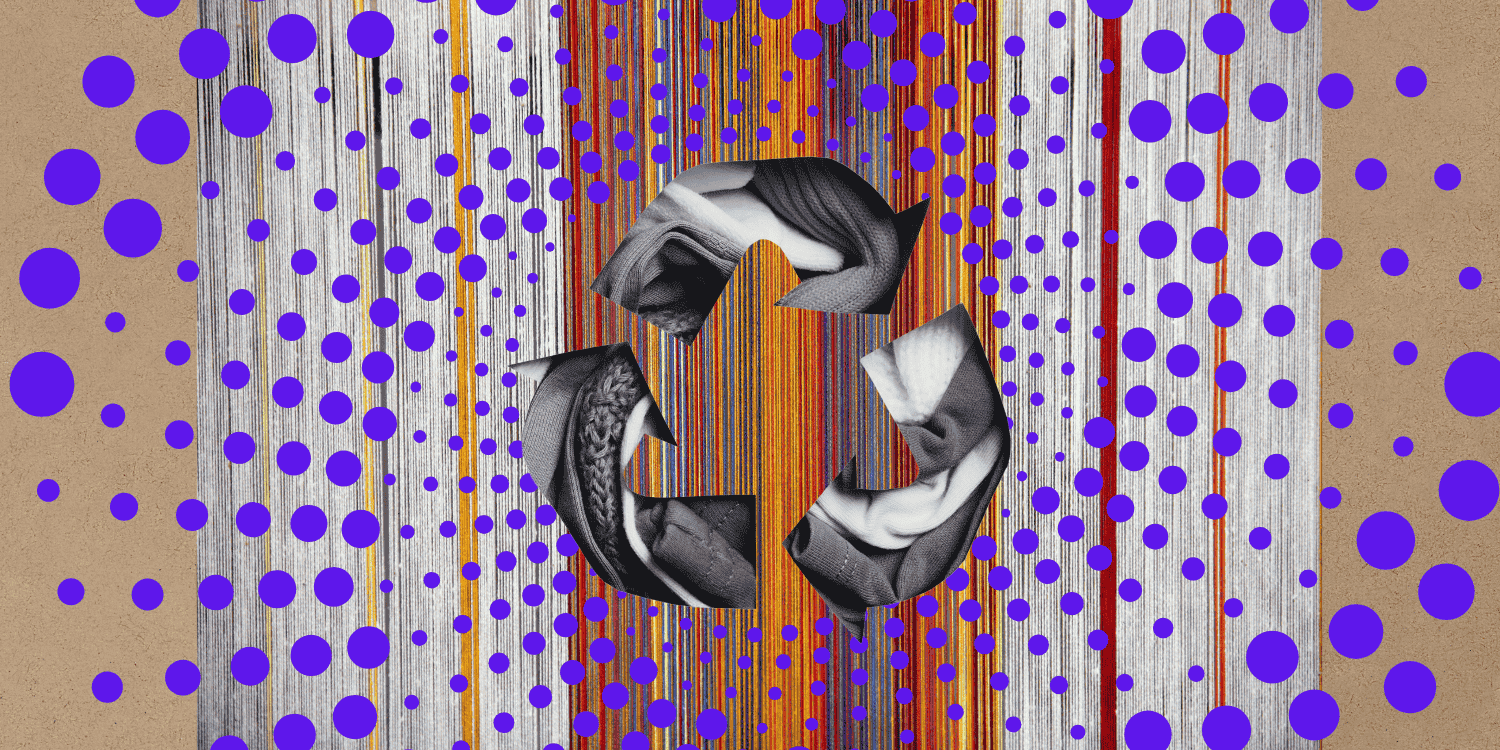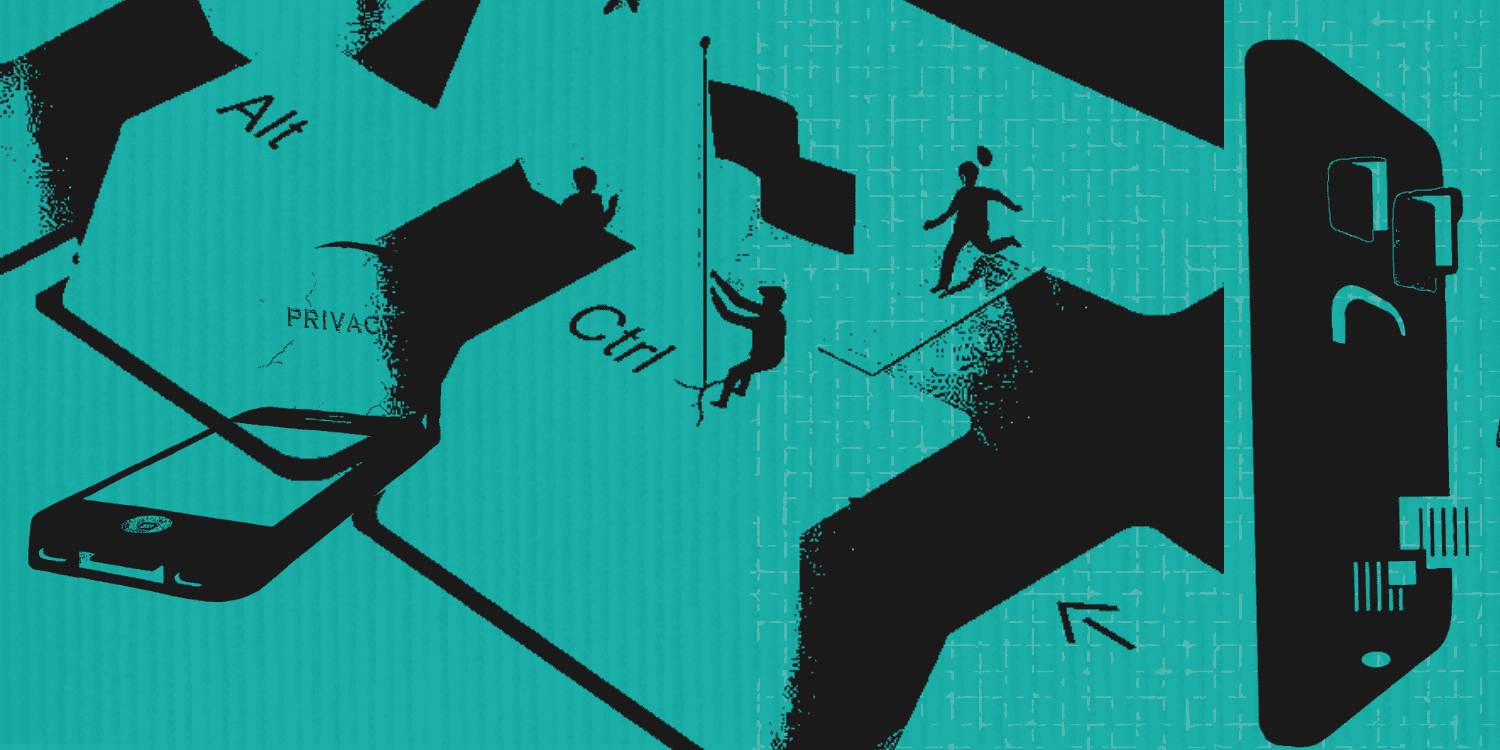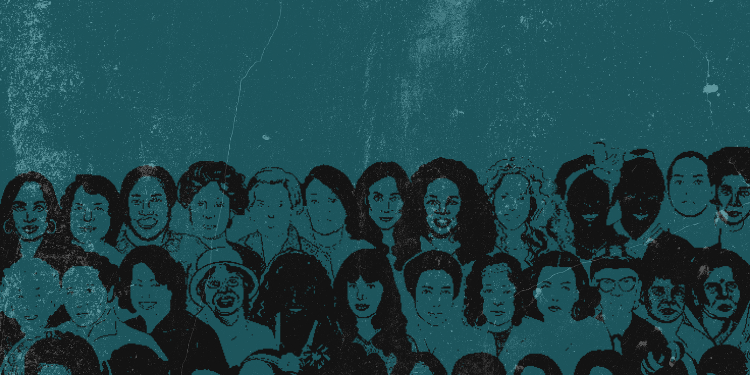Authored by: Jasmine Bhalla
According to World Bank estimates, spending on education by both central and state governments in India was 3.8% of the nation’s GDP in 2013 – significantly below the world average of 4.7% in the same year [1]. The country has also performed poorly in terms of quality, scoring second lowest with regards to the quality of education in South Asia in 2016 [2]. More recently, the Annual Status of Education Report (ASER), 2018, highlighted some worrying trends pertaining to India’s learning deficit: 1 out of 4 children in class 8 lacks basic reading skills or foundational literacy [3], and poor learning outcomes are now being increasingly reflected among young adults [4]. Moreover, multiple media reports have pointed out the rising rates of unemployment among graduates and postgraduates [5].
In view of the challenges that stand in the way of India’s education scenario – including classroom diversities, shortage of trained teachers, and lack of proper infrastructure – this piece attempts to analyse some of the key observations and recommendations of the recently released draft National Education Policy (NEP, hereafter). When accepted, it will be the country’s third education policy document, with a gap of 33 years since the last one.
The NEP covers a broad canvas, from early childhood care to higher education and adult literacy, and offers a blueprint to restructure the country’s education system by addressing issues pertaining to access, equity, quality, affordability, and accountability [6].
NEP AND THE RIGHT TO EDUCATION
The draft makes a strong pitch for early childhood care and education (ECCE), attributing India’s ‘severe learning crisis’ to a lack of pre-primary school options. Due to this, many children below the age of six enroll in Grade 1, and eventually get left behind in primary school and beyond. The committee recommends expanding the anganwadi system and co-locating anganwadis and pre-schools with primary schools. Additionally, the draft suggests extending the Right to Education (RTE) Act, so as to ensure the availability of pre-primary education for all children between the ages of 3 and 6. It also advocates the inclusion of secondary education (up to Grades 11 and 12) into the ambit of rights.
However, concerns have been raised due to what has been viewed as a possible retreat from the RTE Act [7]. The draft NEP calls to review, amend, and make modifications to the RTE Act so that requirements for schools become less restrictive. Further, it proposes to do away with common minimum infrastructure and facility standards for schools, which many fear may adversely impact the quality of education [8]. It also recommends that school management committees (SMCs) be set up in private schools. Notably, making parents the ‘de-facto regulators’ of private schools – by uploading all relevant information to the public domain (with the expectations that parents make informed choices) – has been met with severe criticism, since the existence of power asymmetry between parents and the school administration, especially in cases where the parents are poor or not literate, may serve as a barrier [8]. By doing away with a common minimum standard, the quality in certain schools risks falling even lower which would, in turn, widen the disparity between schools that already vary across the scale in terms of facilities like sanitation and water.
Some have questioned whether the policy’s intended goal of ‘innovation in education’ is even possible in the absence of basic prerequisites like toilets or adequate infrastructure for children with disabilities [8]. In an effort to allow ‘multiple models’ for schools, removing certain provisions from the RTE Act may risk opening the door for low-cost, substandard schools. It has been pointed out that ineffective private schools have dotted the education landscape, and that the label of ‘private schools’ applies to a diverse group, many of which do not differ significantly from government schools in terms of quality [9].
The policy’s suggestion for a review of section 12(1)(c) of the RTE Act – which provides for the inclusion of children from socio-economically weaker sections into private schools – for being ‘unduly restrictive’ and not being in tune with the principle of autonomy of institutions has also received considerable disagreement. Given that close to only 10% of schools are fully compliant with RTE norms [10], and most private schools are known to routinely deny admission to children belonging to the Economically Weaker Sections (EWS) category – the Delhi Commission for Protection of Child Rights (DCPRC) had, last year, issued a list of 74 private schools which did not admit even a single student under the EWS category in the last two academic sessions [11] – such a reasoning behind the proposal has been viewed as worrisome. Alternatively, it has been suggested that a greater scrutiny of the implementational challenges behind this mandate should be the focus of the draft policy.
ACCESS, EQUITY AND UNDERREPRESENTATION
A major thrust of the policy has been a move towards a more liberal approach in higher education. It prescribes a set of humanities and social science courses to students enrolled in all scientific, technological and professional disciplines. It also suggests a tripartite division of higher education into teaching universities, research universities, and multidisciplinary undergraduate colleges. Additionally, the committee aims to increase the gross enrolment ratio in higher education to at least 50% by the year 2035, as compared to the current level of 25.8%.
However, many have taken issue with this goal for being too ‘simplistic’ and ignoring the realities of unemployment in India [12]. While India added almost 3.4 million students to its higher education pool between 2014-15 and 2016-17 [14], it is reported that over 70% of 18- to 23-year-olds in the country are not enrolled in a higher educational institute [14], and the increasing rate of unemployment among educated youth continues to pose a severe crisis. Moreover, a large scale merger of colleges and universities in the country entails several operational challenges, along with the unrealistic assumption of uniformity of local social conditions across institutional contexts [13].
Many have pointed out that issues pertaining to access and equity of underrepresented groups do not make any appearance in relation to higher education in the policy draft [15] [16], and that the document needs to be closely examined with regard to gender, caste, class, disability and minority rights. Recently, certain recommendations were proposed by a collective of women’s groups, including NGOs, queer groups, students and academics, aimed at strengthening the policy through better integration of gender-based issues [17]. Some of these suggestions include provision for children with learning disabilities, mandatory comprehensive sex education, special incentives for girls to study science and mathematics at the senior secondary level, and designing safe and accessible online and digital spaces.
The conflation of transgender persons with intersex variations in the document, who may or may not identify as transgender, has been flagged as an area of concern. Furthermore, sexual harassment in the policy is alluded to in passing and there is no mention of sexuality or alternative sexual orientations [15].
It has been widely reported how rampant ad-hoc and contractual appointments, resulting in acute faculty shortages, have adversely impacted higher education. More than a third of teaching positions in the nation’s central universities remain unfilled. In Delhi University alone, almost 60% of faculty members are non-permanent [18]. The committee observes that poor service conditions, heavy teaching loads, lack of autonomy, and no clear career progression system result in low faculty motivation. The draft policy, therefore, recommends the introduction of a permanent employment track system for faculty in all higher education institutions by the year 2030.
Observing that curricula often remains ‘narrow’ and ‘rigid’, the policy recommends institutions of higher education to have complete autonomy on curriculum, pedagogy and assessment. It also states that autonomy, in this case, does not imply financial abandonment, but the ‘freedom to innovate, to compete, to co-operate, to govern more locally’ and ‘to excel’. However, despite the reassurance, many have objected to the possible growth of hierarchical bureaucracy in the education system. Issues have, in particular, been raised regarding the role of the Rashtriya Shiksha Aayog (RSA) as the apex educational body – with huge functional responsibilities – running into conflict with the proposed autonomy envisaged for institutions of higher education. It may also go against the spirit of decentralisation which has found repeated emphasis in the policy [19]. The RSA, with the Prime Minister at its helm, will be expected to oversee the implementation and functioning of several bodies.
OTHER RECOMMENDATIONS
Owing to widespread discontent due to the draft’s endorsement of the three-language formula, the document was later revised, and the clause was dropped [20]. Additionally, references to ancient Indian history and works of Sanskrit scholars in the draft has led many to believe that it minimises the significance of other linguistic traditions, including regional languages [15]. Further, while the draft policy encourages and identifies several sources of private funding, the feasibility of this proposed solution has been questioned [21]. Questions have also been raised regarding the lack of operational details and insights into the policy’s funding [22].
Certain suggestions and observations in the draft policy have generally been well received, including a greater focus on early childhood care, restructuring primary school education, a possible return to the no-detention policy, increased commitment to public education, upgrading the mid-day meal scheme, and the suggestion to rename the Ministry of Human Resource Development (MHRD) to the Ministry of Education.
Some additional recommendations of the policy are: restructuring school curriculum and pedagogy into a 5+3+3+4 design, separating the functions of funding, regulation, and accreditation in higher education, establishing a National Research Foundation, setting up a four-year undergraduate programme in Liberal Arts with multiple exit options, restructuring the board examinations to test only core concepts and skills, and the creation of an independent ‘State School Regulatory Authority’, or SSRA, in each state, which will carry out all regulation based on a few basic parameters.
The policy also suggests increasing the outlay on education to 6% of the country’s GDP – a recommendation which was first put forward by the Kothari Commission in 1965 – and to double public investment in education to 20% over the next decade. Public spending on education in India has inched upwards every year, but has always remained below the 6% mark [21].
While India has managed to plug the gap pertaining to access to school education (according to ASER 2018, only 2.8% of children in the 6-14 age group are out of school [23]), rising enrolment rates continue to be undermined by poor learning outcomes. Half of class 5 students are unable to read the text meant for students three levels below. Moreover, 73% of class 8 children can read at least class 2 level material, and only 44% of them have basic arithmetic skills [23]. Further, the Global Education Monitoring (GEM) Report, released by UNESCO, states that India remains 50 years behind in implementing its own goals for universal education, with 11.1 million out of school children in the lower secondary level; the highest figure in the world [24]. Media reports have indicated that, on an average, out of an initial enrolment of 100 students, only 70 finish schooling, as enrolment consistently falls with successive levels of education [25]. In particular, Dalit, Adivasi and Muslim children are more likely to drop out. Factors like early employment in the informal sector and familial restrictions, particularly for girls, also play a crucial role when it comes to children dropping out of school. Additionally, more than a quarter of children with disabilities in the age group of 5-19 do not attend any educational institution [26].
It is evident that the state of education in India continues to be adversely impacted by a multiplicity of factors. With a new comprehensive education policy on the anvil, it remains to be seen how it fares in its efforts to address implementational and structural challenges present in the nation’s education scenario.
ENDNOTES
[1] https://www.ndtv.com/education/niti-aayog-spend-more-on-education-says-niti-ayog-to-government-1965578
[2] https://www.indiaspend.com/india-risking-economic-future-by-underinvesting-in-health-education-new-study/
[3] http://img.asercentre.org/docs/ASER%202018/Release%20Material/aser2018nationalfindingsppt.pdf
[4] https://www.livemint.com/Education/sLNNNO5Lvl7dcdVJRH5osN/Indias-learning-deficit-is-worsening-ASER-study.html
[5] https://thewire.in/labour/why-india-should-worry-about-its-educated-but-unemployed-youth
[6] https://mhrd.gov.in/sites/upload_files/mhrd/files/Draft_NEP_2019_EN_Revised.pdf
[7] https://www.epw.in/journal/2019/26-27/commentary/country-search-education-policy.html
[8] https://www.oxfamindia.org/news/NewEducationPolicyreview2019
[9] https://thewire.in/education/national-education-policy-draft-hrd-ministry
[10] https://www.epw.in/engage/article/national-education-policy-why-education-reforms
[11] https://www.hindustantimes.com/education/child-rights-body-to-list-schools-denying-entry-to-ews-students/story-kFT1oCq6eVz7HCeo3yLTnM.html
[12] https://thewire.in/education/national-education-policy-draft-2019
[13] https://mhrd.gov.in/sites/upload_files/mhrd/files/statistics-new/AISHE2017-18.pdf
[14] https://www.telegraphindia.com/opinion/the-draft-national-education-policy-portends-deep-damage/cid/1693515?ref=search-page
[15] https://www.epw.in/engage/article/examining-draft-national-education-policy-2019
[16] https://indianexpress.com/article/opinion/columns/too-good-to-be-true-national-education-policy-5779613/
[17] https://thewire.in/education/collective-of-women-queer-groups-suggests-measures-to-strengthen-draft-education-policy
[18] https://theprint.in/india/governance/crippled-by-massive-vacancies-universities-rely-on-underpaid-ad-hoc-teachers/63317/
[19] https://www.epw.in/journal/2019/24/commentary/dithering-higher-education-policy.html
[20] https://indianexpress.com/article/education/3-language-policy-national-education-policy-draft-revised-2-members-object-5763516/
[21] https://thewire.in/education/budget-2019-national-education-policy
[22] https://www.livemint.com/education/news/draft-new-education-policy-is-robust-but-has-its-limitations-1560282687888.html
[23] http://img.asercentre.org/docs/ASER%202018/Release%20Material/aserreport2018.pdf
[24] https://en.unesco.org/gem-report/
[25] https://www.thehindu.com/education/percentage-of-school-dropouts/article25909306.ece
[26] https://www.thehindu.com/news/national/27-of-children-with-disabilities-have-never-been-to-school-unesco/article28276203.ece





